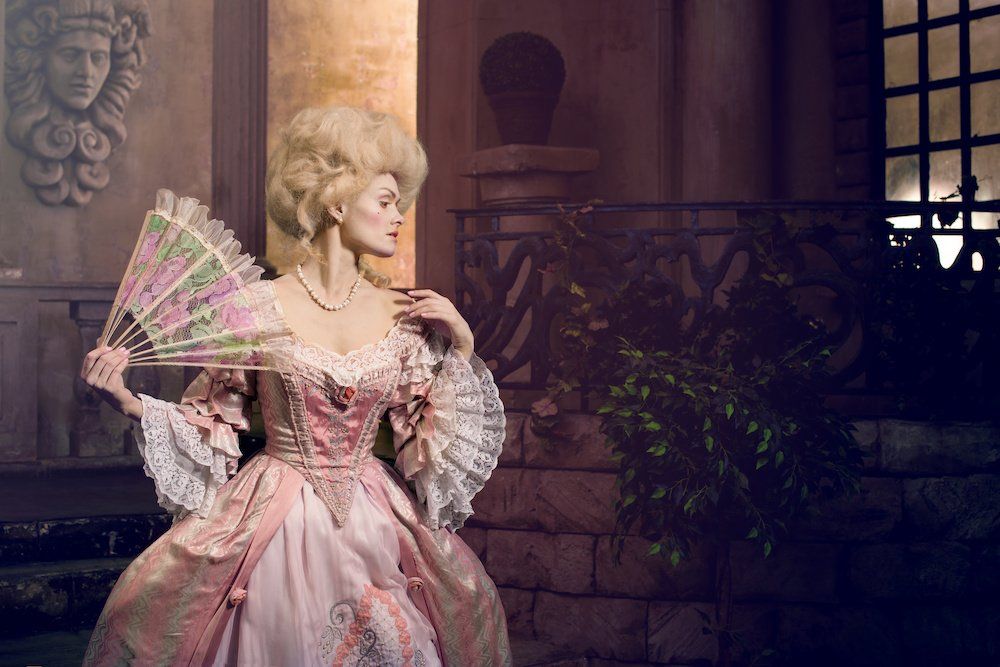Weird Spa Treatments of the Past

In last week’s blog post
, we talked about unique spa treatments from around the world. This week, we thought we take another journey through time. Beauty standards and methods of relaxation have shifted throughout history, but these treatments from the past are just plain weird!
Warning: Don't Try These At Home!
Lead Facials
If you’ve ever seen a portrait of Queen Elizabeth I, or watched a movie like Amadeus, you’ve probably noticed the facial complexions are rather pale. In the Elizabethan era, this was a serious look and a must for all beautiful women. However, the way they achieved it wasn’t so glamorous.
To gain that super-pale l complexion, that was so in vogue, women and men would apply a foundation containing lead directly onto their faces. The lead created a pure white pigment that many went crazy for, as it was thought to make someone look younger. Unfortunately, lead is extremely toxic and probably caused more than a few deaths during the height of the fad.
Bloodletting
You may have already heard of bloodletting. It was a widely practiced medical procedure meant to “balance the humors” of the body and restore vitality to those feeling sick or tired. It was a pretty simple process. A doctor would nick you with a knife and you’d bleed for a little bit. All better!
Obviously, this treatment made no sense, but that didn’t stop women of the 17th and 18th century from pursuing it. In fact, it became a popular part one’s beauty regimen. While many thought it was simply good for your health, women not wanting a lead facial used it to, you guessed it, make themselves paler. Those Elizabethans sure did love to be pale.Hair Removal with Arsenic
You know all those warnings we have on beauty product labels? We might take them for granted, but back in the day, there was very little oversight as to what you could put on your body. For example, arsenic, which is poison, was used to get rid of unwanted hair.
Sure, today we just go in for a regular waxing, or we keep a razor in the shower, but people of the ancient world didn’t have that kind of time. Mixing quicklime with arsenic seemed to do the trick. People applied it right to the problem area, and the hair came right off.
Fun fact: those are the same ingredients used to make cement!
Visit Sewickley Spa for a Relaxing (and Safe) Experience
If just reading about some of these treatments stressed you out, come visit us at Sewickley Spa. All of our treatments are completely safe and will leave you feeling pampered and relaxed. View our services to start planning your visit.










